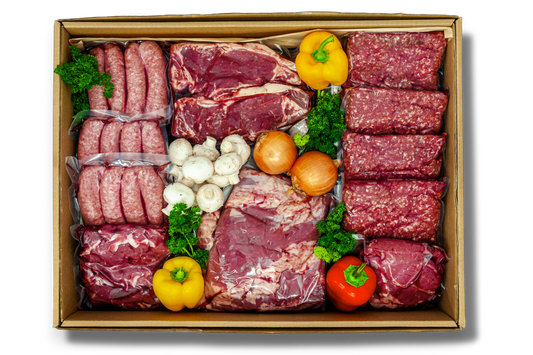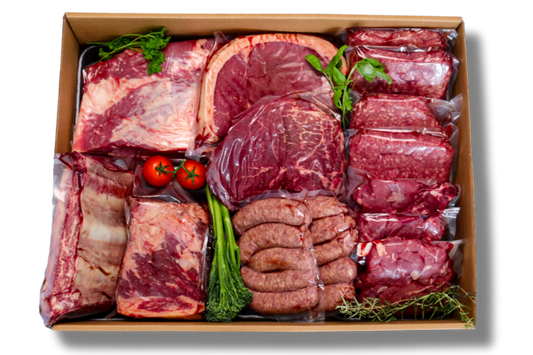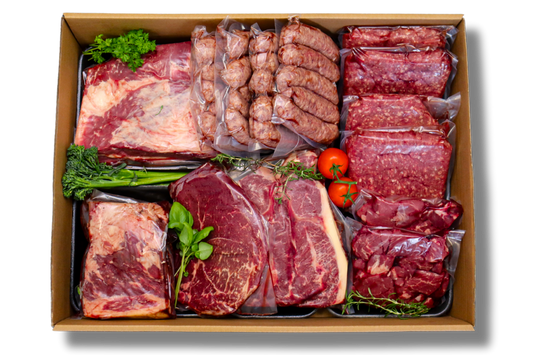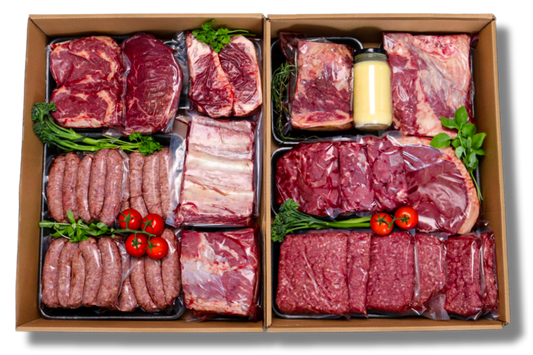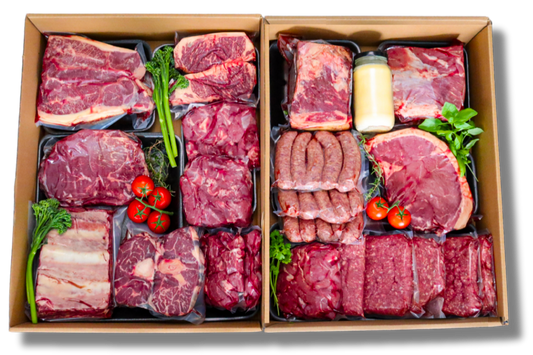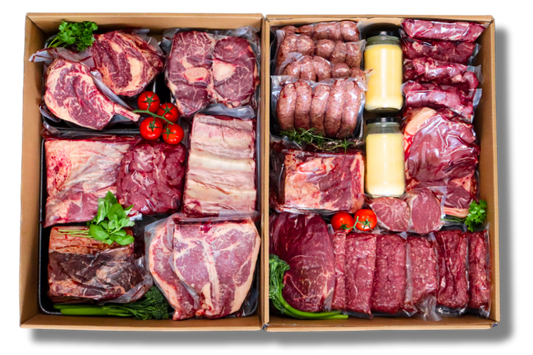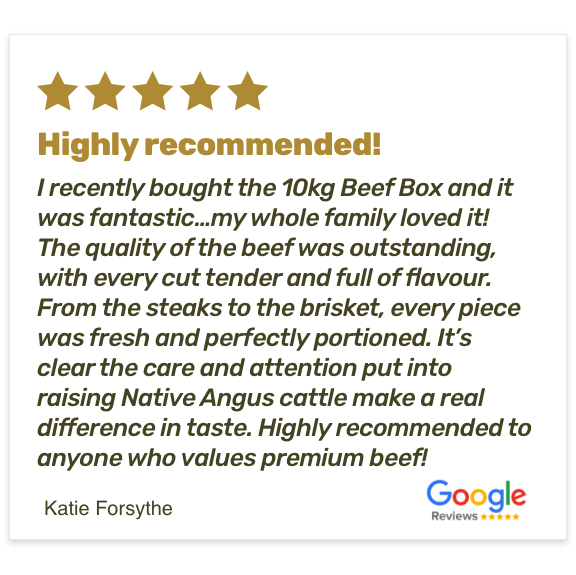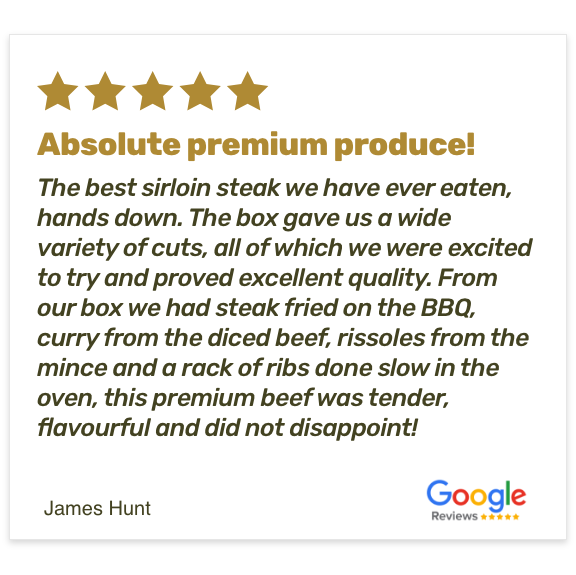Part 1 Understanding Fats: Are You Eating The Right Kind of Fat?
We’ve come a long way from the food our great-grandparents ate. In the past century, our diets have shifted dramatically. Fast food, convenience meals and processed snacks now make up a large part of what many Australians eat each day.
But behind the convenience, there’s been a significant change in the building blocks of our nutrition. And one of the biggest changes? The type of fat we’re eating.
According to this Australian Bureau of Statistics report, eight in ten Australians now live with at least one long-term health condition, and nearly half of us have a chronic disease. Many of these are related to inflammation in the body, and the fats we consume play a big part in that.
The Omega Fatty Acid Imbalance
You’ve probably heard of omega-3s and omega-6s. Both are essential fats, meaning our bodies can’t make them and we need to get them from food. But the balance between the two is key.
Traditional diets had an omega-6 to omega-3 ratio of around 4:1. Today, the typical Western diet sits closer to 20:1. That imbalance is largely due to the rise in seed oils (used heavily in processed foods) and therefore a higher intake of linoleic acid, teamed with a decline in high-quality fats from pasture-raised animals.
Too much omega-6 and not enough omega-3 can contribute to chronic inflammation. And that’s linked to a range of conditions including cardiovascular disease, autoimmune disorders, allergies and metabolic issues.
Why Grass-Fed Beef Makes a Difference
What we feed our cattle plays a big role in the nutrition you receive.
Cows get their omega-3s from eating leafy green pasture, which is why grass-fed beef offers a healthier balance of omega-3 to omega-6 fatty acids. It also contains a range of essential nutrients that support overall health. That balance helps your body regulate inflammation, which is an important part of healthy immune function.
At Native Angus Beef, we had our rib fillet independently tested by BVAQ, a recognised Australian food analysis laboratory, to understand the true nutritional value of our beef.
The results showed an omega-3 to omega-6 ratio of 1:2, indicating a healthy balance of omega fatty acids.
In contrast, feedlot-raised cattle fed grain-rich diets tend to produce beef with much higher levels of omega-6 and very little omega-3, resulting in an average ratio of 1:15. That’s a significant imbalance compared to the 1:2 ratio found in our pasture-raised beef, and it matters when it comes to supporting your body’s ability to manage inflammation.

Yellow Fat and Vitamin A
If you’ve noticed a golden-yellow tinge to the fat in our beef, that’s a good sign. It means our animals have been grazing on high-quality pasture.
That yellow colour comes from beta-carotene, the same compound that gives carrots their hue. It’s a precursor to Vitamin A, which plays an essential role in vision, immune health and cell growth.
This yellow colouring is linked to pasture quality and along with Vitamin A, also indicates higher levels of omega-3s and CLA.
What Is CLA and Why Does It Matter?
Conjugated Linoleic Acid (CLA) is another important naturally occurring fatty acid found in beef and dairy from pasture-raised animals.
CLA has gained more attention in recent years, with research showing it plays an important role in reducing inflammation and improving insulin sensitivity. As a result, it’s been linked with a number of health benefits, including:
- Supporting metabolic health and insulin sensitivity
- Aiding weight management
- Cancer prevention
- Supporting bone health
- Modulating immune function
Studies suggest a daily intake of 3 to 6 grams of CLA can be beneficial. Pasture-raised beef and dairy is one of the best natural sources, exhibiting beneficial levels of CLA.

Choosing Food That Supports Your Health
At Native Angus Beef, we raise our cattle entirely on pasture, with no hormones, antibiotics or synthetic inputs. That’s not just a farming choice. It’s a commitment to producing food that supports your wellbeing.
Every cut of our beef reflects the health of the land it was raised on. By choosing pasture-raised beef, you’re not just enjoying great flavour. You’re giving your body access to a healthier balance of fats and a more nutrient-dense source of protein.
If you’re thinking more about what’s on your plate and how it supports your long-term health, the answer might be simpler than you think. It starts with better beef.
By Susan Hendry, Co-Founder, Native Angus Beef
References:
- Australian Bureau of Statistics (2022), Health conditions prevalence, ABS Website, accessed 16 July 2025.
- "A review of fatty acid profiles and antioxidant content in grass-fed and grain-fed beef". Daley CA, Abbott A, Doyle PS, Nader GA, Larson S, Nutr J. 2010 Mar 10;9:10.
- "Conjugated Linoleic Acid and Its Beneficial Effects in Obesity, Cardiovascular Disease, and Cancer". Basak S, Duttaroy AK. Nutrients. 2020 Jun 28;12(7):1913
- “What Your Food Ate: How to Heal Our Land and Recalim Our Health”, book by David Montgomery and Anne Bikle, 2022
